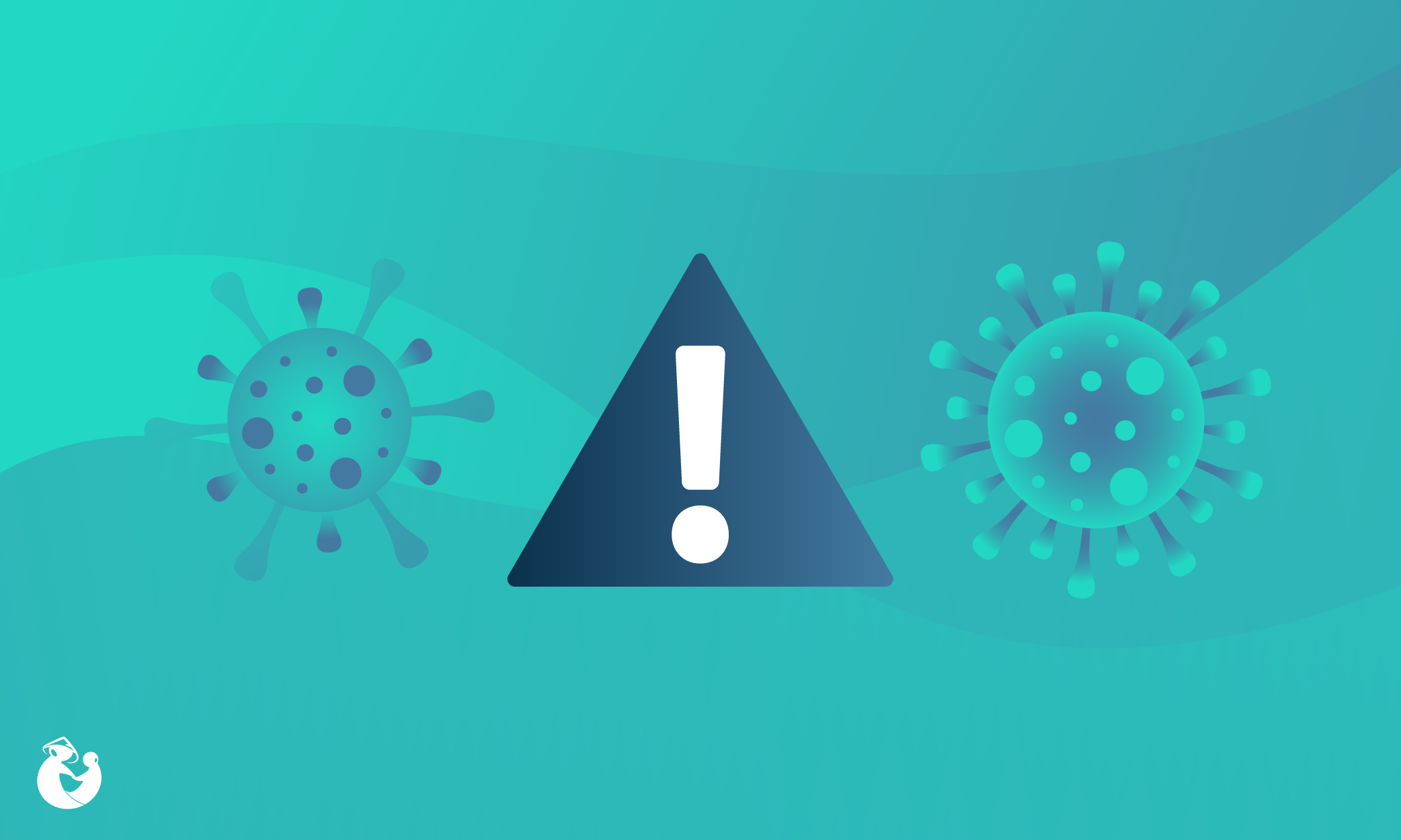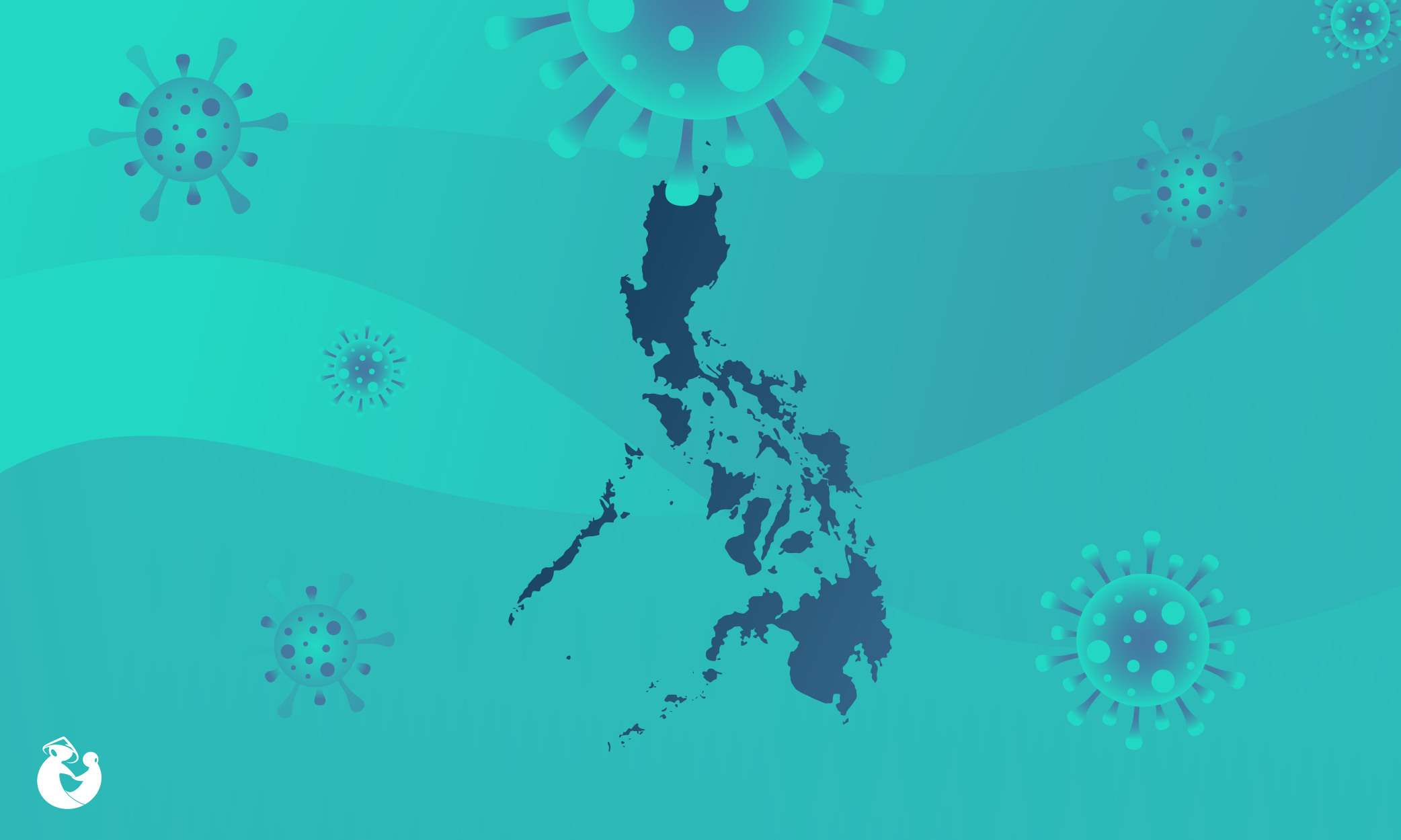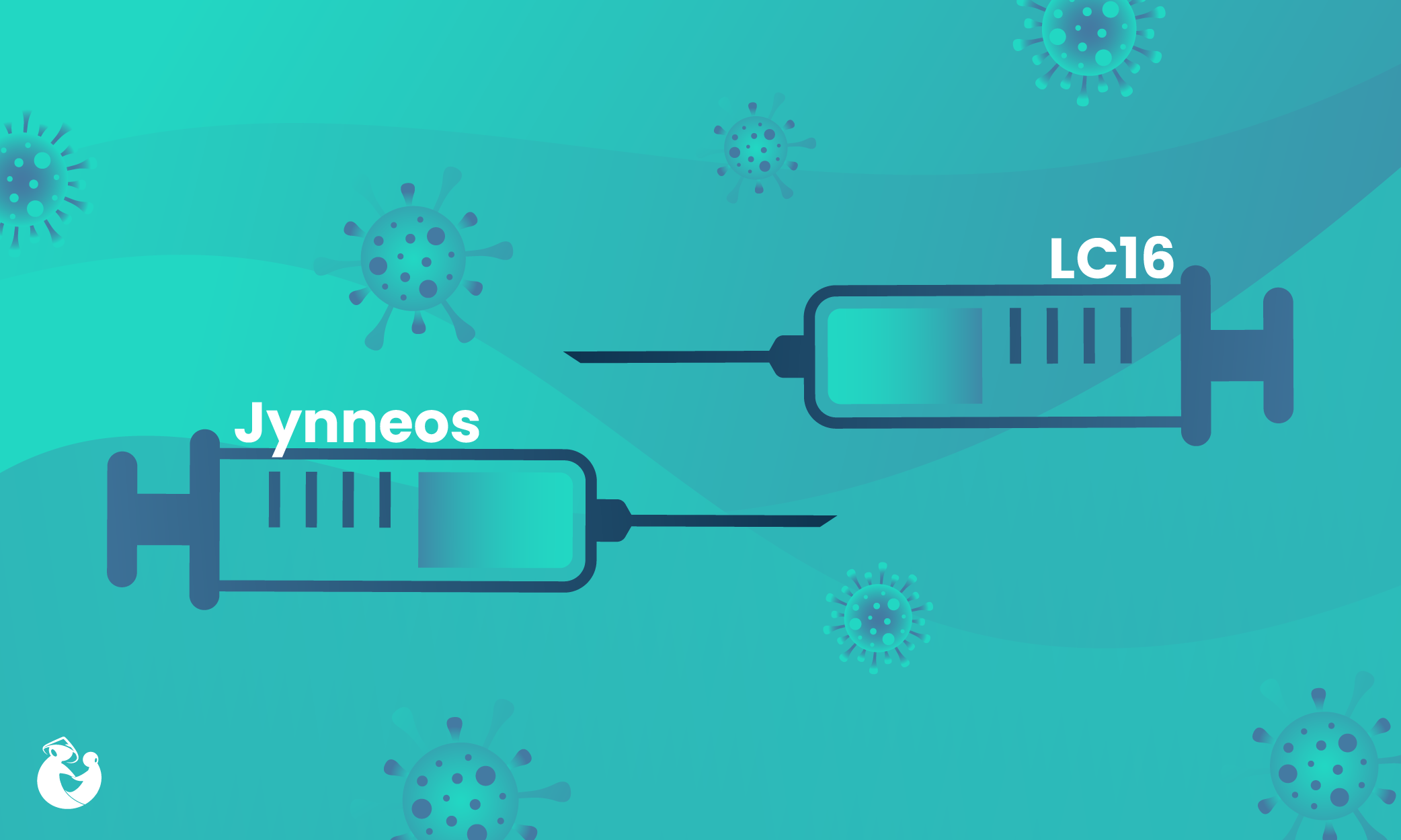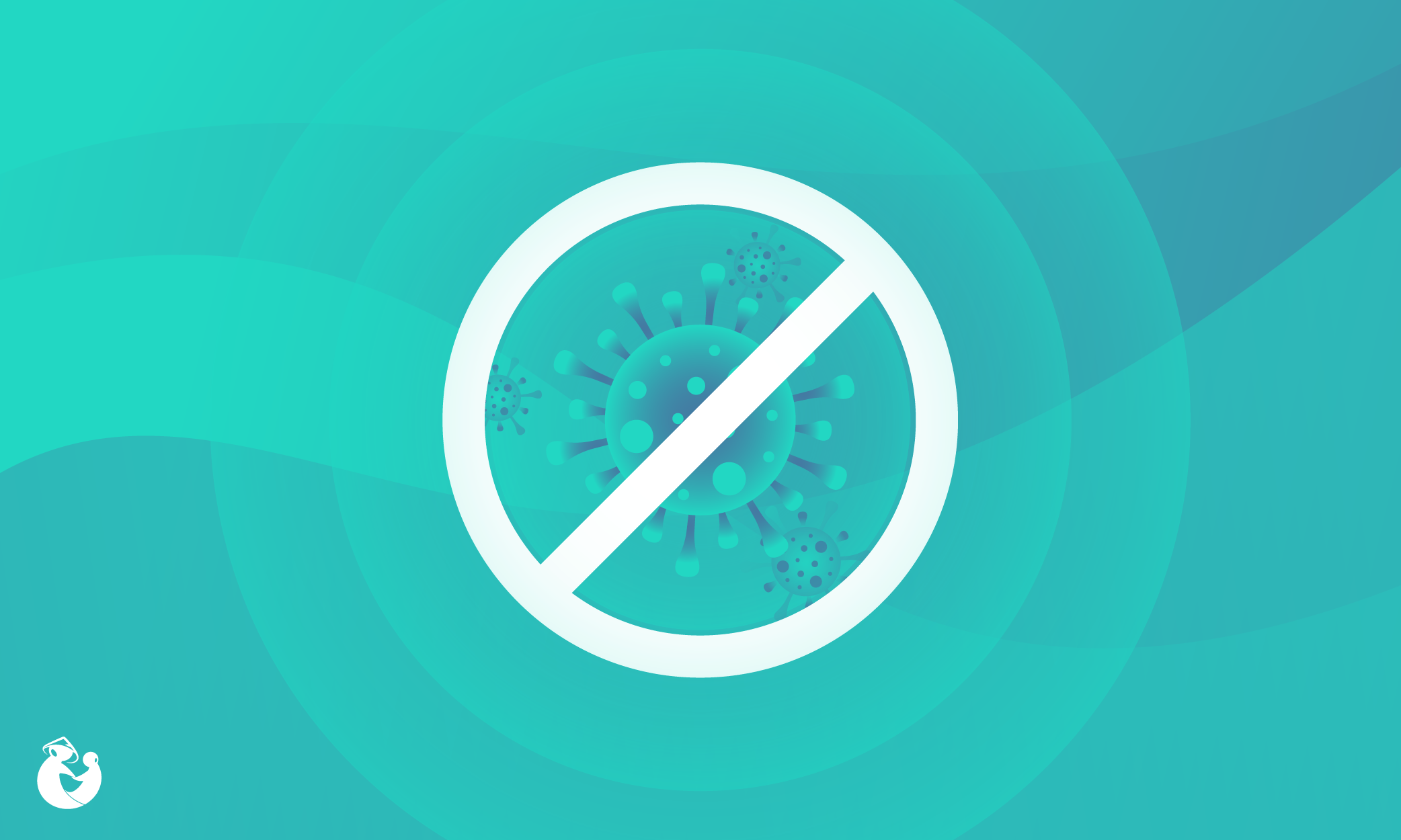
Mpox in the Philippines: What is it and what’s next
While Mpox made headlines in the Philippines in August, this is not the first time the illness was part of the country’s news.
There are 14 active mpox cases in the Pearl of the Orient as of 9 September 2024, but the country’s health department has been reporting mpox in the Philippines since 2022—the same year the World Health Organisation declared mpox a public health emergency of international concern (PHEIC).
Expectations around mpox in the Philippines
WHO removed the disease’s PHEIC status in May 2023 following a drop in reported cases; but with a new type of mpox reported this year and a recent uptick in cases in the Democratic Republic of the Congo and nearby countries, the United Nations’ health agency again declared mpox a PHEIC in August 2024.
Considering recent international and Philippine events, Kabayan Remit has gathered pertinent information to keep you up to date on mpox, what it is, and what you can do to stay safe. Read on to learn more.
What is mpox?

Mpox (formerly monkeypox) is a viral disease caused by the monkeypox virus.
According to the United States’ Centers for Disease Control and Prevention, “This virus is part of the same family as the virus that causes smallpox.”
Though similarly named, mpox and chickenpox are not related.
Types of mpox
According to WHO, mpox is part of the genus Orthopoxvirus in the Poxviridae family. It has two types:
- Clade I – This type of mpox, specifically the clade Ib strain, is what is being reported in cases from Central and East Africa and the reason for the WHO’s PHEIC declaration in August 2024. According to the CDC, records suggest that this clade is more severe than mpox clade II.
- Clade II – This, specifically clade IIb, was the cause of the WHO’s PHEIC declaration in 2022. Reported cases of this type of mpox usually come from West Africa, but the 2022 PHEIC recorded cases around the world.
A brief history of mpox
While mpox may seem like a new disease, scientists have records of this illness dating back to the 20th century.
It was first recorded in a Danish lab in 1958, when scientists observed poxes on research monkeys. What caused these poxes remains undetermined.
Twelve years later, the DRC recorded the first case of mpox on a human; and in the decades that followed, doctors continued recording mpox cases from Central, West, and East Africa. Since 2005, the DRC has reported thousands of cases.
News of mpox reaching a different continent came in 2003, when the U.S. reported an mpox outbreak. According to the WHO, these cases were “linked to imported wild animals.”
More recent news reported mpox in Nigeria in 2017, followed by the PHEIC in 2022. That same year, the WHO changed the disease’s name to mpox to address the “racist and stigmatizing language online” that stemmed from using the old “monkeypox” name.
The WHO declared a second PHEIC in August 2024, following an outbreak of mpox clade Ib “in eastern DRC, and the reporting of cases in several neighbouring countries.” Other types of mpox continue to be reported in the DRC, countries in Africa, and in other parts of the world—including the Philippines.
How is mpox transmitted?

Columbia University’s Pandemic Response Institute reported four ways mpox is transmitted among people, animals, and contaminated objects:
- Person-to-person transmission – A person touches someone or is close to someone with mpox. This type of transmission includes sexual contact, breathing, talking, hugging, or kissing.
- Fomite transmission – A person touches something that has been exposed to someone with mpox.
- Animal-to-person transmission – A person handles or is wounded by a live animal carrying the virus. This is also when a person handles or ingests the uncooked meat of an animal with mpox.
- Health care setting transmission – A health professional is wounded by a contaminated needle or engages with an mpox patient without wearing the proper personal protective equipment.
Is mpox deadly?

According to the CDC, clade I is the more serious type of mpox, but deaths among patients with this clade have recently decreased to 1% to 3.3% from the previous rate of 10%.
“Infections from clade II mpox are generally less severe. More than 99.9% of people survive,” they said.
However, while people may recover from mpox, it is still important to take precautions against the disease—especially if you are among what the CDC identified as high-risk patients:
- Immunocompromised people
- Children under a year old
- People with a history of eczema
- Pregnant people and their foetuses or newborns
These four groups have a higher chance of experiencing complications if they contract mpox.
What are the symptoms of mpox?

According to the WHO, people may begin experiencing mpox symptoms within a day to 3 weeks after exposure.
If you or someone you know may have mpox, look out for these signs:
- Rash
- Fever
- Sore throat
- Headache
- Muscle aches
- Back pain
- Low energy
- Swollen lymph nodes
- Clogged nose
- Cough
Note that mpox rashes may resemble acne or blisters that hurt or itch and scab during the healing process. The rashes can appear all over the hands and feet and around the body, including the mouth, genitals, anus, and face.
According to the CDC, a person can transmit mpox when they begin showing symptoms, and they are only considered recovered when “the rash has fully healed and a fresh layer of skin has formed.”
Cases of mpox in the Philippines

The Philippines recorded its first mpox case in July 2022. Since then, nine people have recovered, while 14 cases of mpox clade II remain active as of 9 Sept.
The country’s Department of Health said close contact, including sexual contact, was the usual mode of transmission for mpox cases in the Philippines.
“Anyone can get mpox, but it is clear that the mode of transmission here is close, intimate, skin-to-skin contact,” Philippine Health Secretary Teodoro Herbosa told Rappler.
Herbosa said that the number of mpox cases in the country has been increasing because more people are getting tested for the disease.
Is there an mpox vaccine?

Yes, there are two vaccines for mpox:
- Jynneos by Bavarian Nordic
- LC16 by KM Biologics
The WHO recommends that these high-risk groups get vaccinated against mpox:
- Health professionals
- Household or community members of someone with mpox
- People with multiple sexual partners
- Sex workers of any gender and their clients
People who have been exposed to mpox can still get vaccinated up to three days after exposure or at most 14 days after exposure if they have not yet developed symptoms.
Mpox vaccine in the Philippines
In the country, the DOH is getting 2,000 doses of Jynneos to address mpox in the Philippines.
People may also get tested for free at any government hospital, with the Research Institute for Tropical Medicine releasing results in 48 to 78 hours. To reduce the time it takes for patients to see their test results, the DOH is training more labs in mpox testing.
How do I prevent mpox?

In a recent memorandum the DOH reminded everyone in the country to follow these “standard minimum precautions” to prevent mpox:
- Wash and sanitise hands regularly.
- Avoid close contact with anyone exhibiting mpox symptoms or with anyone who has handled objects that may be contaminated with mpox.
- Wear PPEs, like gloves and a mask, if you are caring for someone with mpox.
- Thoroughly sanitise objects that have been exposed to someone with mpox.
- Be careful around animals—living, sick, or dead—that may be carrying the mpox virus.
If you think you or someone you know may have mpox, remember to:
- Call a health professional as soon as possible.
- Get tested.
- Wear a mask, especially when around others.
- Isolate at home for 21 days or until your mpox rashes are fully healed and symptoms have stopped.
- Do not touch mpox rashes with your bare hands.
- Do not scratch or pop mpox rashes.
- Do not shave body parts where mpox rashes are present.
- Cover mpox rashes, especially when around others.
- Keep your skin clean and dry.
- Use separate linens and utensils from the rest of your household.
- Keep your pets in a separate part of the house.
If you have more questions about mpox, you can also consult these links:
Send love to the Philippines

While you may be far away from your loved ones right now, you can still do your part in preventing the spread of mpox in the Philippines by keeping your family informed. Share this article with the people you love and encourage them to continue staying up to date with the latest news on this viral disease.
In case of emergency, Kabayan Remit’s secure money transfer app is here to help you send money to major banks, e-wallets, and cash remittance centres in the Philippines.
To learn more about Kabayan Remit’s benefits and features, click here.
